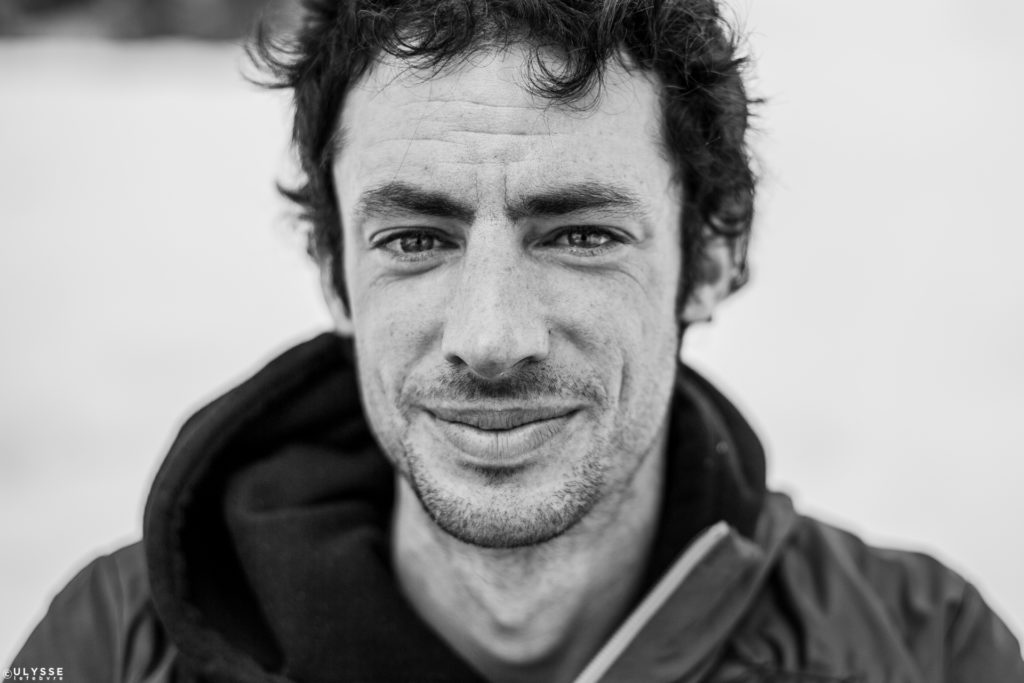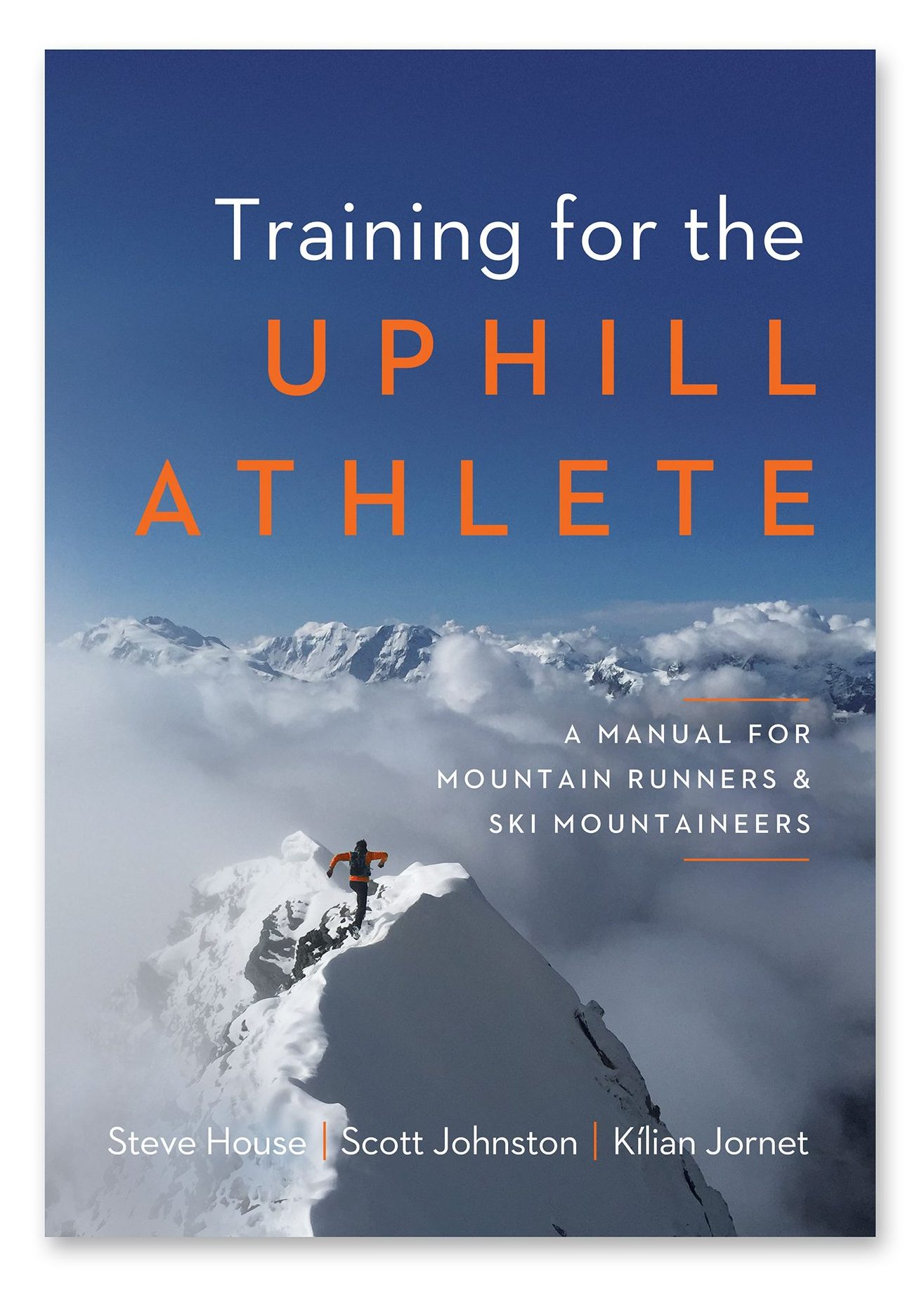While there are no end of avid trailers and ski mountaineers, few publications have been specifically dedicated to mountain training. Alongside Steve House and Scott Johnston, Kilian Jornet is the author of ‘Training for the Uphill Athlete’ a manual for mountain runners”. He talks to us about his book, recently edited in France by the Alpine Mag team and first published by Patagonia Books.
How did you end up getting involved in this project ?
Kilian Jornet : In 2015, I got a message from Steve House, who was in Valais at the time. I was attempting a traverse there. We went out on the Täschhorn together and talked about training for a long time. He and Scott Johnson had an idea in mind. To follow on from the book ‘Training for the New Alpinism’, they wanted to write more broadly, on endurance sports in the mountains: trail running, skimo, and so on, and we started talking a lot about this together. I met Scott in Alaska the same year and we realised that the three of us shared the same basic philosophy about training. And that’s how it began.
Who is this book intended for ?
Kilian Jornet : It is intended for anyone who wants to learn more about themselves or about training for mountain sports. It is a very comprehensive book which looks at all aspects of physical training but also psychological preparation, technical issues, etc. so it’s just as useful for a professional athlete as for a trainer or amateur mountain runners. The scientific topics are dealt with in a very accessible way.
US and french editions of Training for the Uphill Athlete, a Manual for Mountain Runners and Ski Mountaineers, Steve House, Scott Johnston, Kilian Jornet
How did you meet Steve House ?
Kilian Jornet : We first met in the San Juan mountains, in Colorado, where he lives. We went ski mountaineering together and spent a lot of time talking training, preparation, expeditions, and so on. We met again in Denali in 2014, where we spent quite a bit of time together at the medical camp.
This book is dedicated to trail runners and ski mountaineers. Is the training required for these two disciplines that similar ?
Kilian Jornet : The basics are, yes. Everything related to general training is quite similar for all endurance sports. Trail running and skimo also have a fair amount in common in terms of muscle use and the type of exertion. That is why a lot of ski-mountaineers are good trail runners : Mireia Miró, Laetitia Roux, Maude Mathys, Davide Magnini, Rémi Bonnet, Meraldi, Nadir Maguet… the basic training is quite similar, on to which you add more specialised work specific to each discipline.
Steve House has a very organised and rational view of training. Do you agree with him on this point, or do you take a more practical approach ?
Kilian Jornet : I understand the theory, I enjoy reading the latest research and understanding the reasons behind it, trying things out, noting things down to draw my own conclusions. But then, you also have to do it, and it all comes down to motivation: getting out there even when you’re tired, when you don’t want to, when your performance isn’t improving. If you want to get good results, it’s better to follow a rational plan. The practical side of training cannot be taken separately from the theoretical part. You could say the same for what your body feels and how it communicates : you need the theoretical foundations to understand this.
Is there a ‘US school’ versus ‘European school’ when it comes to training ?
Kilian Jornet : No. Some people have had a more striking influence, some trainers’ ideas or trends have made a mark, followed by others. Think back to the Swedes and Finns in the 1930s, with the arrival of fartlek training, Zatopek repetitions, then the New Zealander who is considered the founding father of modern training, Arthur Lydiard. Each trainer has an impact, but in today’s world with information and scientific articles shared more broadly, you get methodologies per trainer rather than per country.
THE PRACTICAL SIDE OF TRAINING CANNOT BE TAKEN SEPARATELY FROM THE THEORETICAL PART
Trail runners are often seen as outdoor animals. Yet, Training for the Uphill Athlete shows us that a lot of the training takes place at home. What is the average distribution between indoor and outdoor training in your daily routine ?
Kilian Jornet : I am a very bad example when it comes to strength training. I do 3-4 light 20-30 minute sessions of strength training per week, mainly to avoid injury. You have to understand training as a whole. It’s not just about getting outdoors. You also have to take work, rest, the quality of rest, stress, weight training and so on into account. Too often people only focus on the number of hours spent, the ascent or the distance covered to quantify training, but it is much more than that.
I ADVISE PEOPLE NOT TO COMPARE THEMSELVES TO OTHERS. ONE OF THE MOST IMPORTANT PRINCIPLES IS INDIVIDUALITY
What are the three key pieces of advice you would give a young athlete about to embark on intensive training, or even competitions ?
Kilian Jornet : Firstly, I would tell them to focus on the process, on the joy of training and making progress. Also, not to set goals which are too ambitious, because the frustration can be equally high. You have to remember that an athlete’s life involves training 24/7, 365 days a year, for at least a dozen years, for 5, 10 or 20 days of competition annually. It’s very little. You have to enjoy training, because that is where it all happens.
And I think you have to be patient. Progress is not linear, you move forward, but more like a roller coaster, with ups and downs. Most days, you’re not going to feel good, and sometimes you can even go through a bad year before turning things around. At the beginning, progress is very quick, but little by little, when you move up the field, progress is slower and irregular.
Finally, I would advise them not to compare themselves to others. One of the most important principles is individuality. Each person has their own qualities, their own training capacity and different personal situations. Sometimes, among two athletes at the same level who train equally, one will keep progressing while the other remains behind. It can often be frustrating. But many a time this second athlete will come through a few years later and generally in a more qualitative way.
No one method is necessarily better than another, but some methods work better for certain athletes. For example, Michelle Boscacci probably does three times more training and ascent than Roberto Antonioli. Yet, they achieve the same results in races. It’s just because each athlete opts for their own approach.
Read Link







